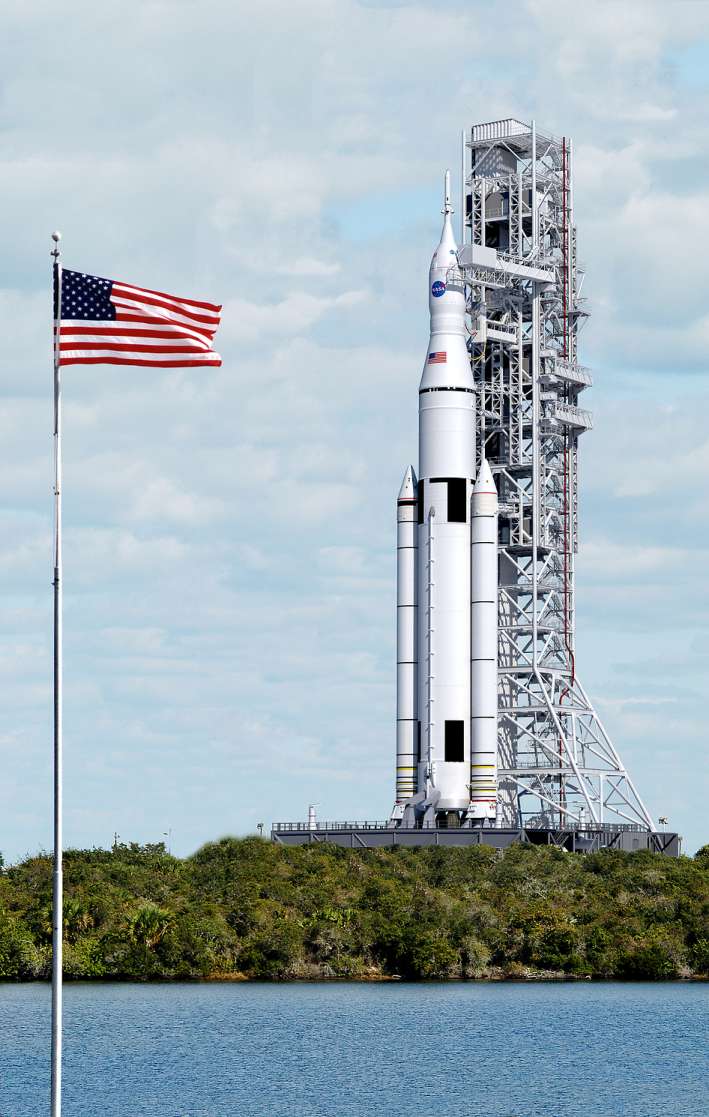|
 The $2.8 billion contract validates Boeing’s earlier selection as the prime contractor on the SLS core stage,
including the avionics, under an undefinitized contract authorization. In addition, Boeing has been tasked to
study the SLS Exploration Upper Stage, which will further expand mission range and payload capabilities. The $2.8 billion contract validates Boeing’s earlier selection as the prime contractor on the SLS core stage,
including the avionics, under an undefinitized contract authorization. In addition, Boeing has been tasked to
study the SLS Exploration Upper Stage, which will further expand mission range and payload capabilities.
The agreement comes as NASA and the Boeing team complete the Critical Design Review (CDR) on the core stage
– the last major review before full production begins.
“Our teams have dedicated themselves to ensuring that the SLS – the largest ever -- will be built safely,
affordably and on time,” said Virginia Barnes, Boeing SLS vice president and program manager. “We are passionate
about NASA’s mission to explore deep space. It’s a very personal mission, as well as a national mandate.”
During the CDR, which began June 2, experts examined and confirmed the final design of the rocket’s cryogenic
stages that will hold liquefied hydrogen and oxygen. This milestone marks NASA’s first CDR on a deep-space human
exploration launch vehicle since 1961, when the Saturn V rocket underwent a similar design review as the United
States sought to land an astronaut on the moon. Boeing participated in that CDR as well, as the three stages of
the Saturn V were built by Boeing and its heritage companies Douglas Aircraft and North American Aviation.
Scheduled for its initial test flight in 2017, the SLS is designed to be flexible and evolvable to meet a
variety of crew and cargo mission needs. The initial flight-test configuration will provide a 77-ton capacity,
and the final evolved two-stage configuration will provide a lift capability of more than 143 tons.
Accordig to NASA, the flexible, evolvable design of this advanced, heavy-lift launch vehicle will meet a
variety of crew and cargo mission needs. In addition to carrying the Orion spacecraft, SLS will transfer important
cargo, equipment and science experiments to deep space, providing the nation with a safe, affordable and sustainable
means to expand our reach in the solar system. It will allow astronauts aboard Orion to explore multiple deep-space
destinations including an asteroid and ultimately Mars. The first configuration of the SLS launch vehicle will have
a 70-metric-ton (77-ton) lift capacity and carry an uncrewed Orion spacecraft beyond low-Earth orbit to test the
performance of the integrated system.
|